Contents
Page List
Guide
How to Pray
How to Pray
A Practical Guide to the Spiritual life
David Torkington
Nihil Obstat
Msgr. Michael Heintz, Ph.D.
Censor Librorum
Imprimatur
 Kevin C. Rhoades
Kevin C. Rhoades
Bishop of Fort Wayne-South Bend
September 5, 2020
Except where noted, the Scripture citations used in this work are taken from the Revised Standard Version of the Bible Second Catholic Edition (Ignatius Edition), copyright 1965, 1966, 2006 National Council of the Churches of Christ in the United States of America. Used by permission. All rights reserved.
Every reasonable effort has been made to determine copyright holders of excerpted materials and to secure permissions as needed. If any copyrighted materials have been inadvertently used in this work without proper credit being given in one form or another, please notify Our Sunday Visitor in writing so that future printings of this work may be corrected accordingly.
Copyright 2021 by David Torkington
26 25 24 23 22 211 2 3 4 5 6 7 8 9
All rights reserved. With the exception of short excerpts for critical reviews, no part of this work may be reproduced or transmitted in any form or by any means whatsoever without permission from the publisher. For more information, visit: www.osv.com/permissions.
Our Sunday Visitor Publishing Division
Our Sunday Visitor, Inc.
200 Noll Plaza, Huntington, IN 46750
www.osv.com 1-800-348-2440
ISBN: 978-1-68192-744-2 (Inventory No. T2616)
1. RELIGIONChristian LivingPrayer.
2. RELIGIONChristianityCatholic.
3. RELIGIONChristian LivingSpiritual Growth.
eISBN: 978-1-68192-745-9
LCCN: 2020945887
Cover design: Tyler Ottinger
Cover art: Adobe Stock
Interior design: Amanda Falk
Printed in the United States of America
To my wife, Bobbie, without whom this book could never have been written
To say your work is your prayer or your life is your prayer is not only meaningless, but quite misleading. It is undoubtedly the ideal, but such an ideal will never be realized, outside the monastic way of life, without giving daily time to personal prayer.
Cardinal Basil Hume
Contents
by Sister Wendy Beckett
Foreword
We can so easily read about prayer, about love, about Christian service, and in the emotional happiness of our reading come to think that we are actually doing what we are only feeling. Fortunately, no one is more aware of this danger than David Torkington. He is passionately committed to stripping from the reader those veils of illusion that allow what is said to be enjoyed in theory only.
His subtitle is A Practical Guide, and that is precisely what he earnestly sets himself to provide. There are no hideaways here, no excuses, but no alarming demands, either. Torkington seeks only to show us the truth, that truth that sets us free and convinces us that the yoke of Jesus is easy and his burden light. All we need is to understand and to choose.
This book offers us the help we need to understand, and then the choice is ours.
Sister Wendy Beckett (19302018), Hermit
Introduction
Although people go on crying out for solutions they become angry when they are told that the restoration of society must come from within and not from without.
Schumacher, Small Is Beautiful
The evil that we read about daily in our newspapers or see on our television screens is but the outward projection of the evil that is firstly conceived and spawned within the human heart and mind. That is why, when she was asked how one could combat the woes of the world, Saint Catherine of Siena said, The trouble with the world is me.
It is all too easy to blame God or ask why he does not prevent evil when it tears our lives apart, or the lives of the innocent for whom we can do nothing but offer sympathy. But the truth of the matter is that God is at all times poised to possess anyone who is open to receive the love that only he can give. It is this love that brings the profound inner peace that Jesus promised on the night before he died, so that it can be shared with the world that will always be at war without it. However, love cannot be forced on anyone who does not freely choose to receive it. If we are eaten up with hatred or jealousy, or possessed by pride or prejudice, it is we, not God, who are responsible for destroying the peace and harmony that he wants to bring to the world through us.
Saint Catherine of Siena saw so clearly what she should do to enable God to make her into the greatest politician for peace in her time. She went into the inner room to give prolonged periods of time to prayer, to enable the love of God to purify her of all the evil that could prevent her receiving the peace that she was able to share with the world around her.
When Saint John said, God is love (1 Jn 4:8), he was not trying to give a definition of what love is in itself, as a philosopher would do. He was describing in his own language that God is loving us continually. The teaching of the great saints and mystics is that this love was sent out by God through Jesus on the first Pentecost day, and this love will continue to be sent out upon us to the end of time. We can only receive it into us if we continually turn and open our hearts to allow it in, or as Saint Peter put it, repent. The great mystic Angela of Foligno, who was a mother before she became a nun, said that prayer is the School of Divine Love, the Schola Divini Amoris. Why? Because it is in prayer that we continually practice loving or repenting. As many times as we turn away from distractions and temptations and turn back to God, we are exercising the muscles of our hearts to enable acts of loving to become a habit of loving. This enables Gods love, his Holy Spirit, to enter into our spirit as it reaches out to him.
In prayer then, our spirit becomes like a lightning conductor that can become the means through which the Holy Spirit can enter into our hearts. The more regularly and the more persistently we pray, the more quickly we are changed. Firstly, our hearts are changed, and then the rest of us. Once purified, our hearts become the medium or the means through which every part of our body and soul becomes infiltrated by divine love. While Jesus was on earth we see this process taking place in his spiritual life, though his heart was never tainted with sin. Now Jesus is in heaven, sending the love that he received down upon and into us, so that what was once done in him can be done in us, too. He wants it to be done in us all. But only those of us who freely choose to open ourselves to his love can receive it. Love cannot be forced. Not even Gods love can be forced on those who do not choose to receive it.
Saint Teresa of Avila said that far from preventing us from praying, we cannot actually pray without distractions. As we turn away from them, we are in fact practicing saying no to self and yes to God. We are learning how to love by practicing selflessness. This means that, as we try to turn and open ourselves to him, in that very action he opens himself to us to fill us with his love. That is why Saint Francis of Assisi said that it is in giving that we receive.

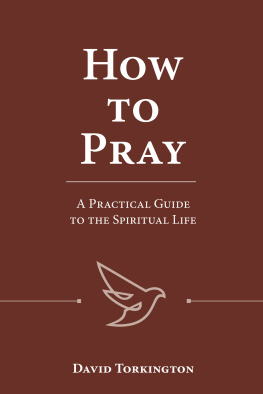

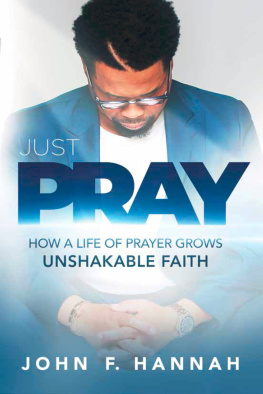
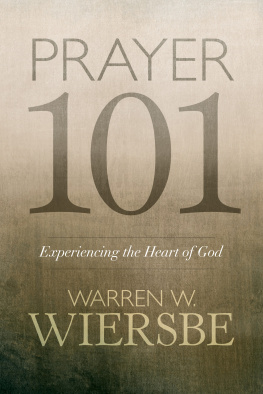
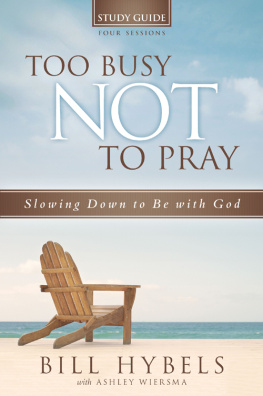
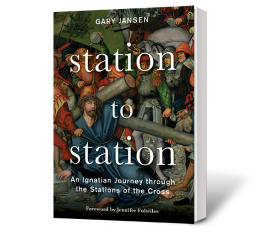
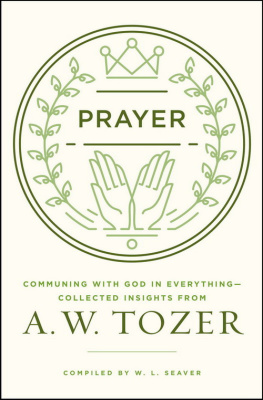


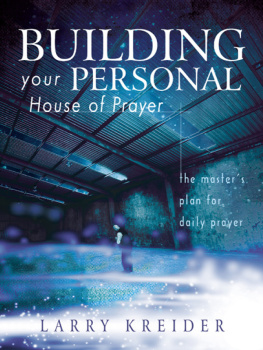
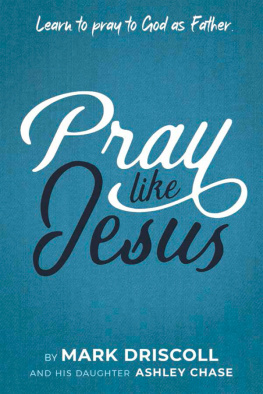


 Kevin C. Rhoades
Kevin C. Rhoades